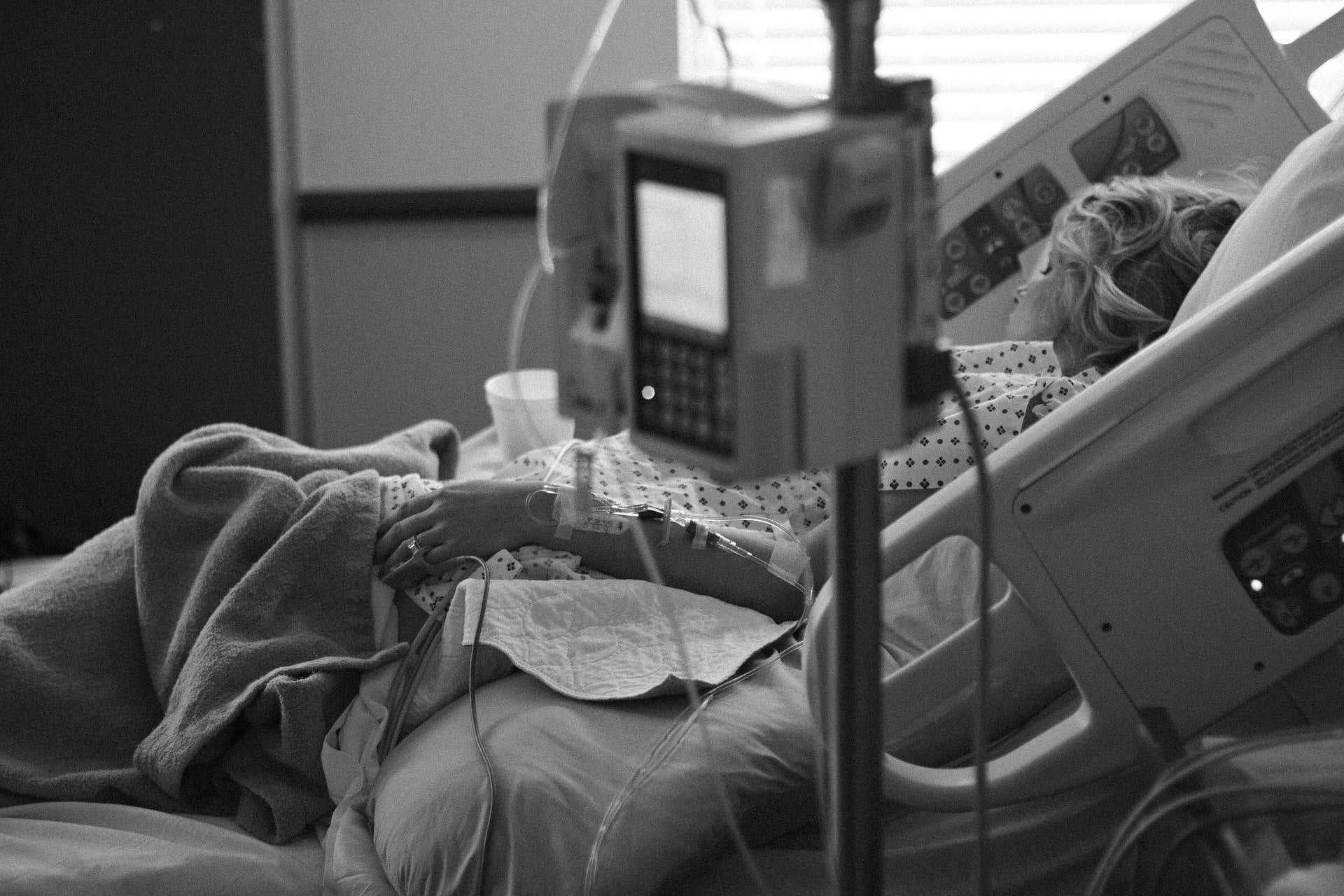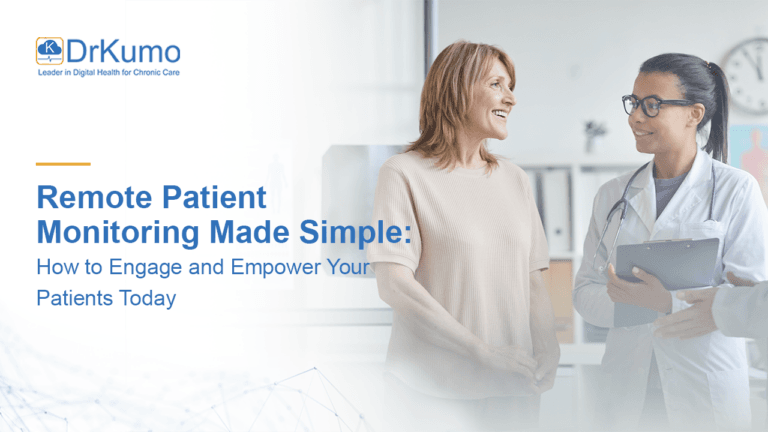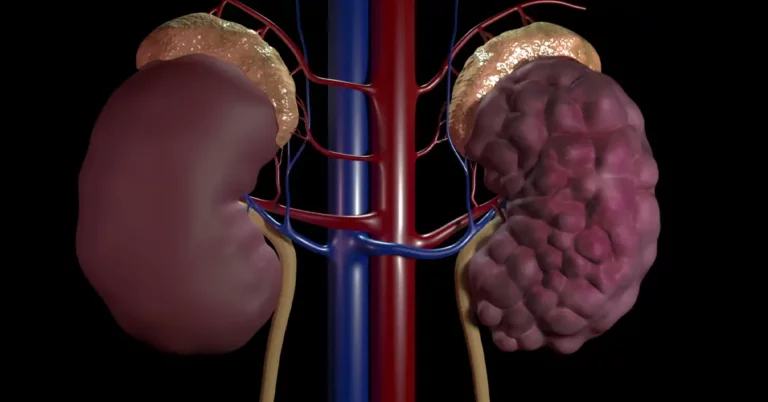When the coronavirus pandemic surfaced in Wuhan, China in December 2019, and has spread rapidly throughout the world, upending life and derailing the global economy, there was an evident problem emerging for the healthcare system the difficulty and danger of going to hospitals.
The pandemic has placed severe strain on health systems worldwide, with drastic changes in demand for inpatient care. Taking care of COVID-19 patients while maintaining treatment for patients with other conditions is a complex challenge.
COVID-19 Pushes Hospitals Over Capacity
Johns Hopkins University data shows that December was by far the worst full month of COVID-19, with about 6.4 million cases and 77,431 deaths. But January is already on pace to blow past those records, with about 2.4 million cases and 28,470 deaths in just the first 10 days.
This data illustrates that hospitals are at or above capacity in the first month of 2021. More than 300 hospitals report being at or above ICU capacity for the week of Jan. 1-7, according to the U.S. Department of Health and Human Services.
As the virus started spreading like wildfire in many nations, particularly the United States and various European countries, hospitals prepared for a worst case scenario of reaching their capacity limit. And for some hospitals, this nightmare came to reality when Covid-19 hospitalizations surged, pushing them over the capacity limit.
Non-COVID-19 Patients Taking a Backseat
During the first wave of the Covid-19 pandemic, hospitals in the US and in many parts of the world allocated most of their resources to meet the surge in demand. Because of the resource constraints and fear of cross-infections, physicians and non-coronavirus patients deferred what they considered as “non-urgent” visits, diagnostics, treatment evaluations, surgeries and therapeutics. This resulted in a dramatic decline of non-Covid-related hospital visits which included acute and chronic disease management.
While these postponements and cancellations may have reduced the amount of resources and workload, and helped hospitals focus on severe COVID-19 patients, they likely also caused high admission and readmission rates and longer lengths of stay which could further strain hospitals’ inpatient capacity.
Importantly, nowadays, some hospitals were unable to take any new patients in, regardless of their reason for entering. This included more COVID-19 patients along with acute or chronically ill patients, who have often been forgotten during this pandemic. Many of them were unable to seek proper care if they experienced emergencies dealing with their diseases due to overcapacity of many hospitals and fear of cross-infection.
Why Remote Monitoring Matters for Chronic Disease Patients
Chronic disease patients who are self-isolating due to pandemic may find their health conditions worsening over time. Remote patient monitoring (RPM) empowers them to be checked by their providers, with the support of medical devices available at the comfort of their homes. RPM powered by AI and machine learning can replace many of the current inpatient visits. Here are some advantages:
- Patients can monitor their conditions and adhere with treatments or care programs easily without the constant need for hospital visits.
- Patients can eliminate much of the manual data collection and data entry required by providers, allowing them to track vital signs seamlessly.
- Patients can understand daily biometrics and how they are related to prescriptions or lifestyle changes.
- Patients can achieve peace of mind and comfort knowing that they are empowered by RPM technology to self-manage their health, and seek immediate support from care providers if needed.
The Solution
During this pandemic, acute and chronically ill patients need DrKumo remote patient monitoring (RPM) technology more than ever. DrKumo RPM uses advanced technology to continuously monitor patients’ diseases in real time. DrKumo RPM has a wide range of AI-driven medical devices for patients to utilize based on their specific condition, which measure patients’ vital signs continuously and transmit the data in real time to a cloud database, which can be viewed by both the patient and anyone else that the patient has connected to the account.
Since patients are monitored 24/7, they are able to keep their condition in check constantly and continuously. Firstly, using DrKumo RPM technology eliminates the need for regular hospital checkups, which also lessens the risk of transmitting coronavirus between patients and doctors. Furthermore, utilizing RPM empowers patients to get a more holistic perspective of their health rather than a one-sided, limited one that comes with the individual hospital check ups.
RPM also allows patients to be monitored at home even after local hospitals have reached their capacity limit. In addition, DrKumo RPM solution enables patients and anyone connected to the patients’ account, especially health care providers, to monitor the severity of their condition at any point in time. This eliminates the issue of patients’ downplaying their condition as DrKumo RPM provides hard data and vital signs for both patients and their clinicians (if connected to the account) to decide whether a trip to the hospital or a virtual call is necessary.








